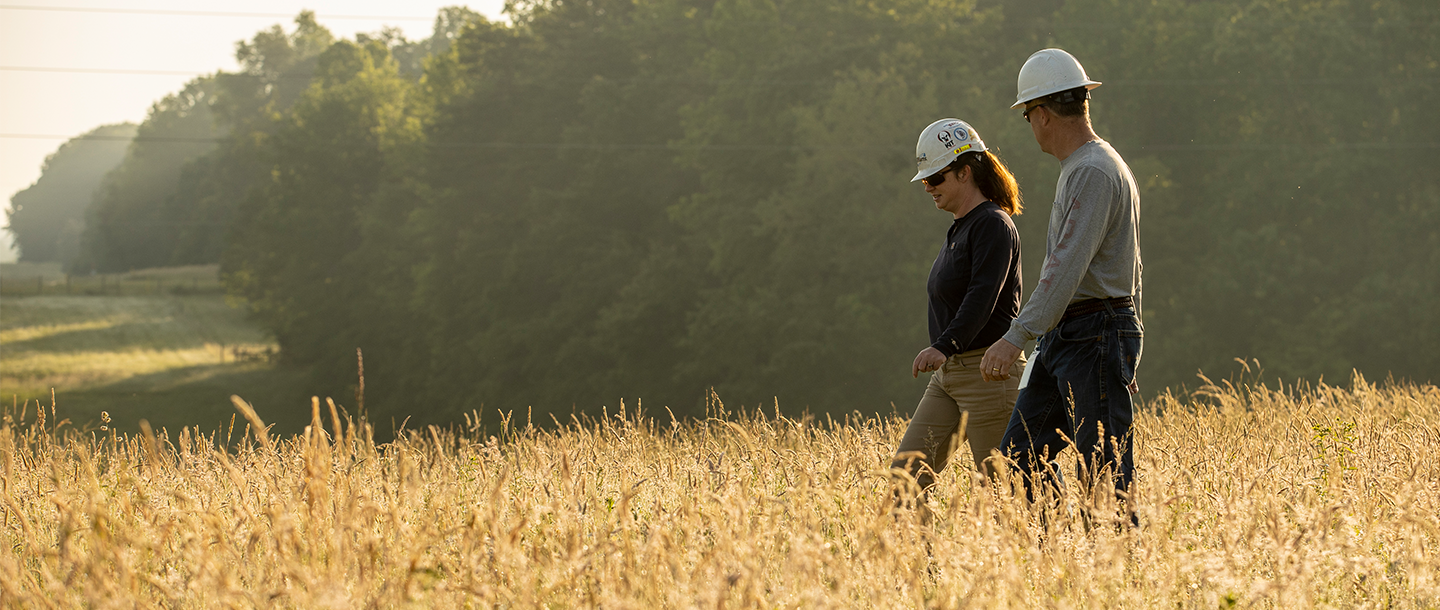Amidst the challenges of a global pandemic last year, Williams made important strides in environmental, social and governance (ESG) efforts, as outlined in the 2020 Sustainability Report.
At the onset of COVID, our Emergency Operations Center quickly developed and executed response plans to ensure our employees could get their essential work done in a safe and healthy manner. We also pledged an extra $1 million to support nonprofits struggling to meet basic needs, schools pivoting to remote learning and first responders serving on the front lines. This was part of nearly $11 million in 2020 giving to more than 2,200 organizations through our community giving channels.
We also were the first North American midstream company to establish a climate commitment, setting a near term goal of a 56% absolute reduction from 2005 levels in company greenhouse gas emissions by 2030, putting us on a path to be net zero carbon emissions by 2050.
Natural gas is an integral part of the low-carbon future, particularly when it comes to displacing higher emission fuels such as coal and heating oil.
“Post-pandemic, world leaders will turn their attention to rebuilding economies and showing progress on emissions reduction,” said Williams President & CEO Alan Armstrong. “Natural gas and natural gas infrastructure have set the stage for enabling the next generation of clean energy solutions. No energy infrastructure system integrates a reliable delivery network with a massive storage solution on the scale that natural gas infrastructure does.”
In 2020, Williams expanded our focus on renewable energy and emerging opportunities like the use of clean hydrogen, carbon capture and storage.
At the same time, we made progress right here and right now, reducing our reported methane emissions from natural gas processing plants and transmission compressor stations by more than 58%.
We also made important progress in our diversity and inclusion efforts, increasing our female leadership representation and continuing our long practice of having gender diversity on our board by adding two new female directors.
At the same time, we expanded strategic partnerships with schools and created more inclusive job descriptions.
“Diversity is important at Williams because we intend to be the very best,” Armstrong said. “To do this, we must attract and retain the extra passion and energy from the very best talent.”
An executive summary and performance data table also are available on the Williams website.
